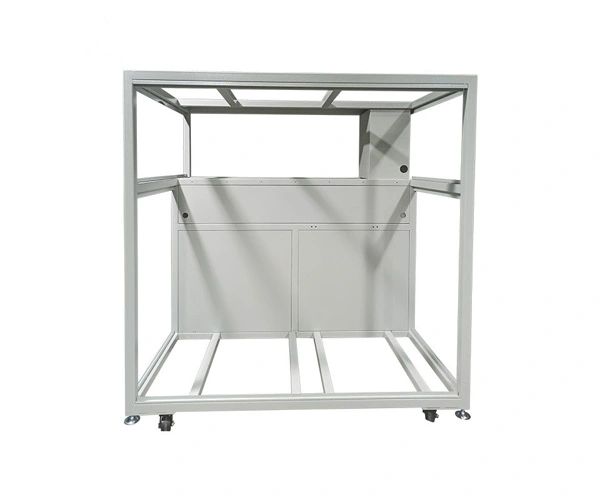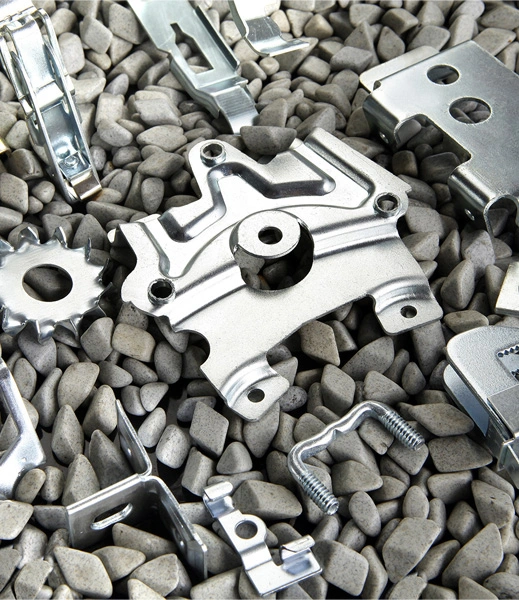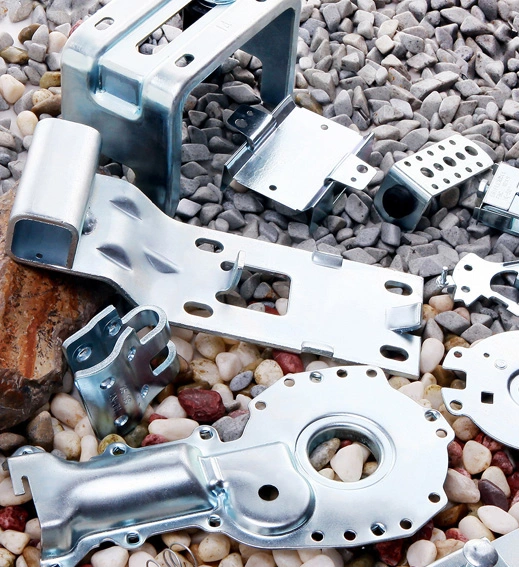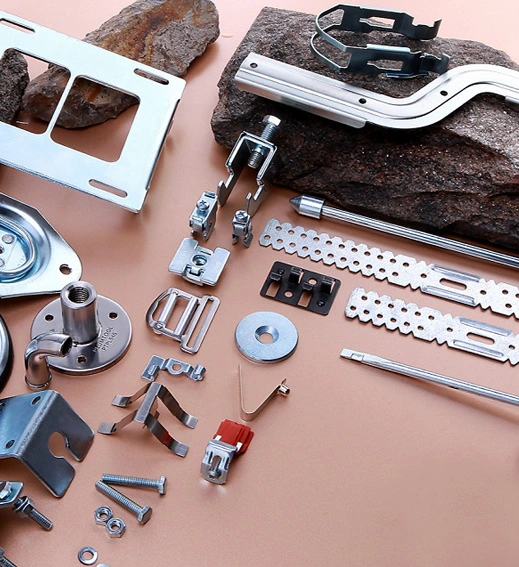

Material: Carbon steel
Surface: Powder coating
Customized Size
Main Process: sheet metal bending and welding
Tolerance: ±0.5mm
Laser cutting and bending of the electric control box casing, protective casing of the chassis equipment cabinet
When choosing welding processes, we need to first understand the common welding processes, and then choose based on factors such as the material characteristics of the workpiece to be welded, the characteristics of the welding structure, production batch size, and economy.
Common welding processes include gas shielded welding, electrode arc welding, submerged arc welding, argon arc welding, secondary shielded welding, laser welding, electron beam welding, etc. How should we choose when facing so many welding processes? In summary, we need to choose commonly used and low-cost welding processes to ensure production efficiency while ensuring quality.
The selection principle of welding process:
1. The material characteristics of the workpiece to be welded. Generally speaking, various welding methods can be used for low-carbon steel and low alloy structural steel. High alloy steel, non-ferrous metals and their alloys should adopt welding methods with energy concentration and good protection, such as argon arc welding, electron beam welding, plasma arc welding, etc. For dissimilar metal welding, electron beam welding, laser welding, friction welding, diffusion welding, and brazing are recommended.
2. When the welding seam is short and irregular, manual welding methods such as gas shielded welding and electrode arc welding should be used; When the weld seam is long and regular, it is advisable to use automated welding methods, commonly using welding robots. Thin plate structures should use resistance spot welding, seam welding, gas welding CO2 welding, argon arc welding, and plasma arc welding, etc; Thick plate structures should use submerged arc welding, electric slag welding, electron beam welding, etc.
3. Production batch. When the production batch is small, it is advisable to use gas welding and electrode arc welding to better control costs. When the production batch is large, efficient welding methods such as resistance welding, friction welding, submerged arc welding, and gas shielded welding should be used.
4. Control of production costs. Ordinary welding methods such as gas welding, arc welding, resistance welding, etc. should be prioritized to reduce equipment investment and production costs. At the same time, attention should also be paid to production efficiency and welding quality.
Choosing the appropriate welding process can ensure the stability of welding quality, weld quality, and improve production efficiency whether we use handheld welding or fully automatic welding equipment.



